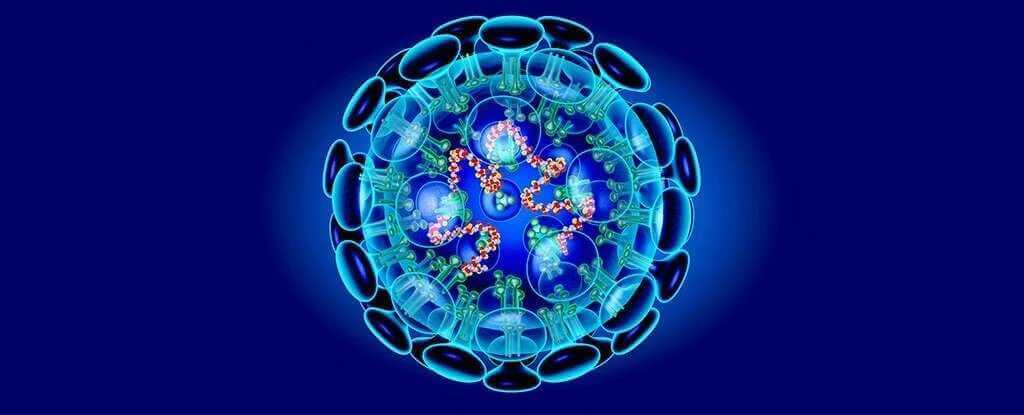What is virology?
Virology is a branch of microbiology concerned with the study of viruses and virus-like agents, including their cultivation and genetics, taxonomy, disease-producing properties, evolution, etc.
What is the virus?
Viruses are the smallest known infectious agents. They are built up of nucleic acid and protein coats and may in addition have an outer lipoprotein envelope. They replicate in cells and may thereby lead directly to cell damage and cause disease. Alternatively, the host defenses may lead to cell damage as they attempt to clear virus-infected cells.
What are the major properties of viruses?
- They need some or other host to live and replicate
- They contain single or double-stranded RNA or DNA
- They may or may not have lipid envelop
- They cannot replicate outside the host cell or complete their life cycle
- They are not affected by anti-biotic as they are viruses and not bacteria
- Antiviral drug only helps to decrease the virulence of virus they cannot kill them
What are the modes of transmission of the virus?
Virus infections are transmitted by:-
- Inhalation
- Ingestion
- Inoculation
- Sexual contact
- Trans-placentally
What is the incubation period of virus infection?
The incubation period may range from a few days (e.g. Common cold) to a few weeks (e.g. measles, mumps, rubella) to months (e.g. hepatitis, rabies, AIDS).
What are the clinical features of viral infection?
Most infections are acute and of short duration. Some viruses become latent and may be reactivated; others are associated with persistent replication and chronic disease. Common signs and symptoms include:-
- Systemic: Malaise, Fatigue, Fever, Muscle ache, Weakness
- Local: Rash, Diarrhoea, Coryza, Cough, Neck stiffness, Local pain, Conjunctivitis, Lymphadenopathy, Paresis
What is the classification of virus?
What are the investigations for viral infection?
Virus, Viral antigen or viral genome may be detected by
- Electron microscopy
- Immunological or molecular or biological methods
- Virus isolation
The diagnosis can be made by demonstration of
- Seroconversion
- Antibody titre rise
- Specific IgM
What is the prophylaxis of Virus infection?
• Antiviral Drugs are available for clinical use in therapeutic and prophylactic situations.
• Vaccines have been prepared for prophylaxis against a considerable number of virus infections.

